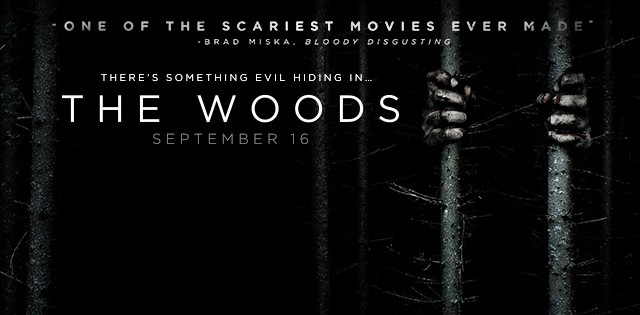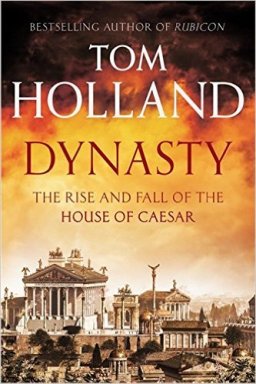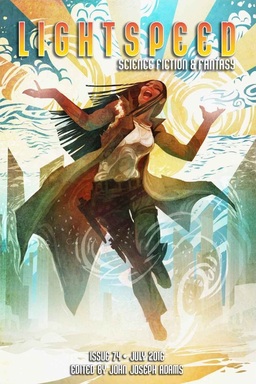July 2016 Locus Now on Sale
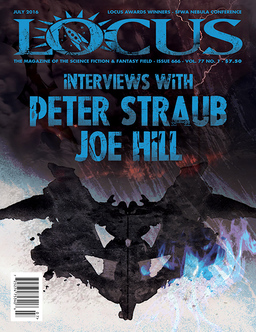 The July 2016 issue of Locus is numbered #666… so naturally it’s the horror issue, with lengthy interviews with Peter Straub and Joe Hill, and a photo story on “Stephen King and George R.R. Martin in Conversation.” The magazine is also packed with the usual reviews, news and features — including a photo spread on the Nebula Awards weekend, held here in Chicago.
The July 2016 issue of Locus is numbered #666… so naturally it’s the horror issue, with lengthy interviews with Peter Straub and Joe Hill, and a photo story on “Stephen King and George R.R. Martin in Conversation.” The magazine is also packed with the usual reviews, news and features — including a photo spread on the Nebula Awards weekend, held here in Chicago.
But the big news for me was the detailed results of the annual Locus Awards. Amongst all the vote counts for Best Novel, Best Collection, and Best Editor, were the surprising results for Best Magazine. Surprising to me, anyway. 27 magazines were ranked by the readers of Locus; here’s the Top Ten.
- Asimov’s SF
- Tor.com
- Fantasy & Science Fiction
- Clarkesworld
- File 770
- Lightspeed
- Analog
- Black Gate
- Uncanny
- Strange Horizons
I was surprised and pleased to see Black Gate ranked above such excellent magazines as Beneath Ceaseless Skies, Interzone, Nightmare, Shimmer, and Weird Tales. I want to thank everyone for their support — believe me, it means a lot.
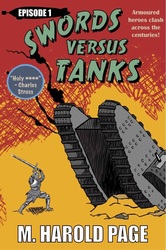
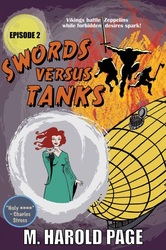
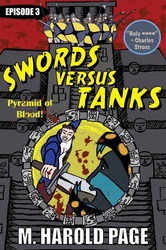
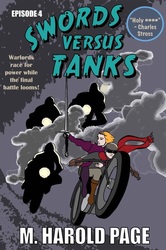
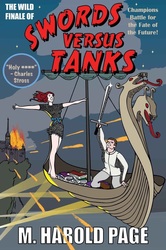
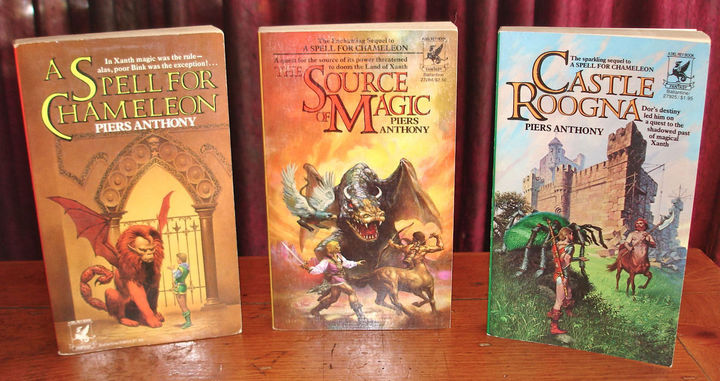
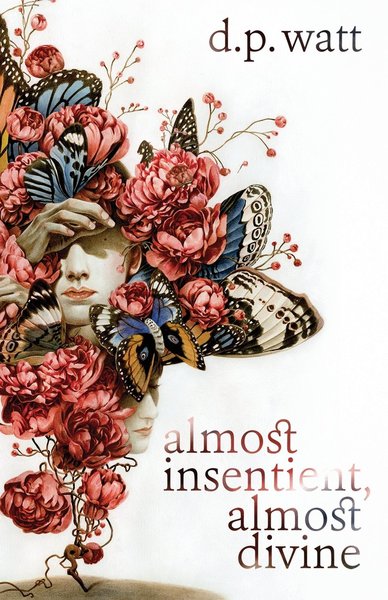
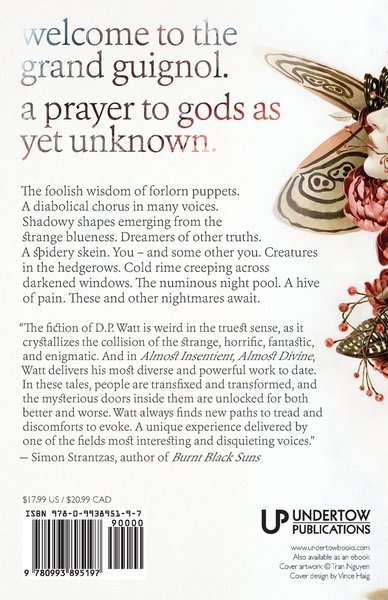
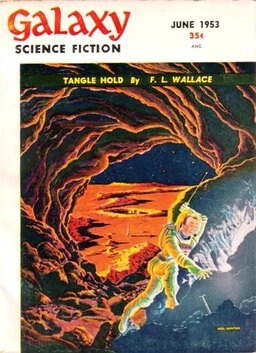
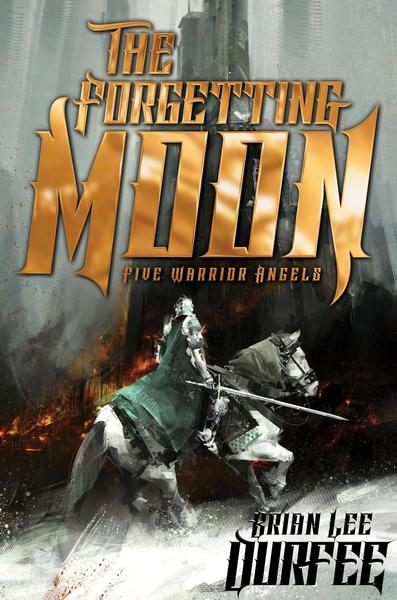
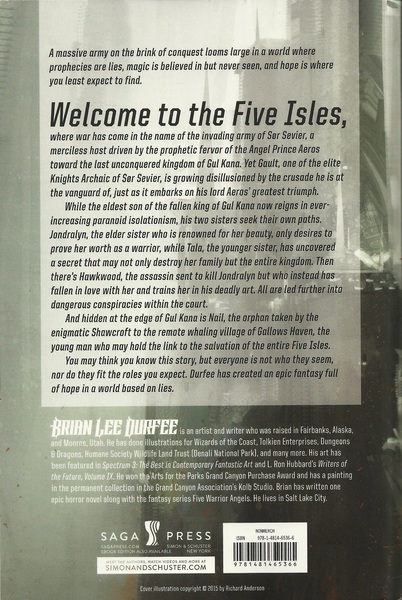
 Last time I was talking about the idea of there being a time to railroad. In other words, that there’s a time when the supporting technology, or maybe just the zeitgeist, allows for a concept or invention to finally flourish. The railroad itself is the ultimate example of this idea technologically, and you can look at
Last time I was talking about the idea of there being a time to railroad. In other words, that there’s a time when the supporting technology, or maybe just the zeitgeist, allows for a concept or invention to finally flourish. The railroad itself is the ultimate example of this idea technologically, and you can look at 